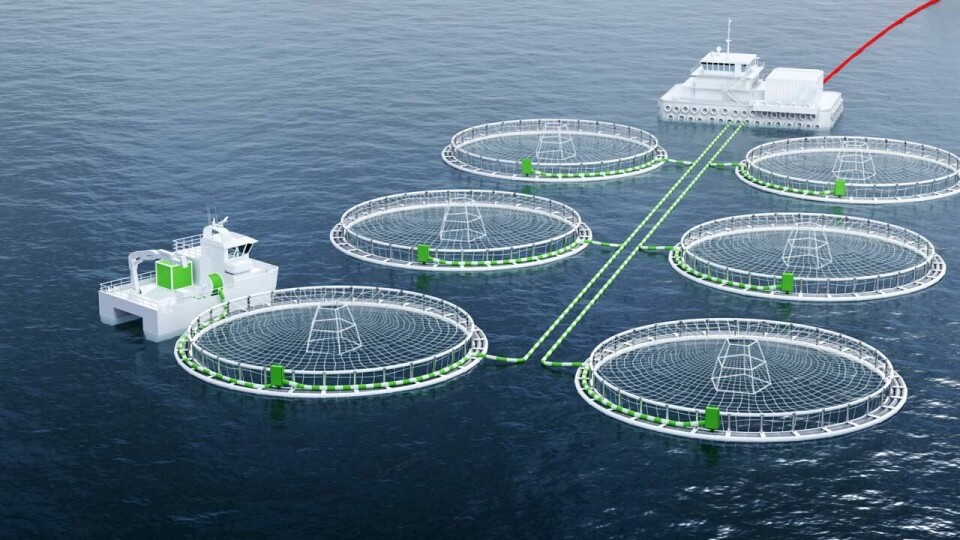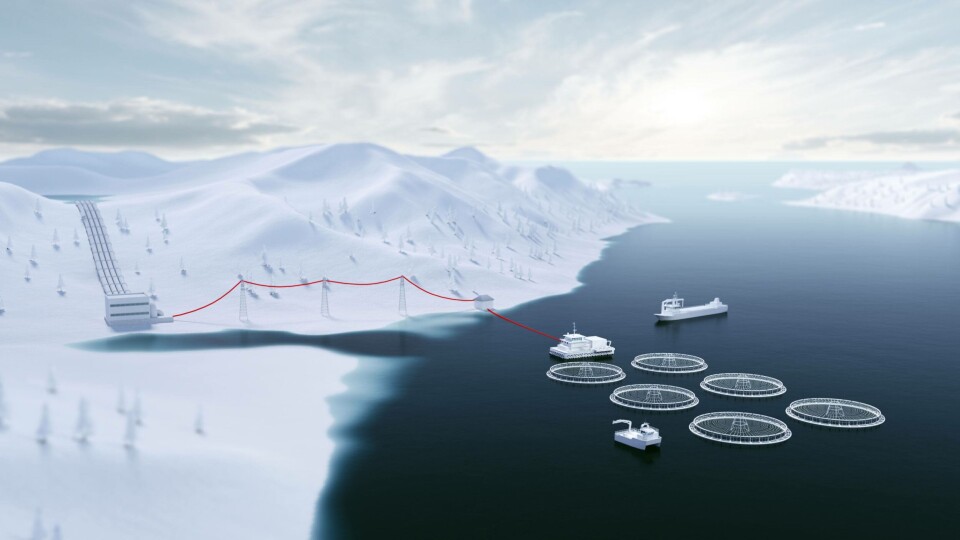
A green shift in Aquaculture
Aquaculture in Norway can contribute to the nation’s “green shift” by means of additional electrification in the marine phase of salmon production.
Denne artikkelen er tre år eller eldre.
The solutions for this exist already and include bringing shore power to fish farms, using battery storage on board, as well as charging all-electric and hybrid electric boats.
In addition to a reduction in the ecological and climate footprint, electric operation offers other advantages such as noise reduction and cuts in operating and maintenance costs.

Additional electrification can cut almost 80 percent of the climate gas emissions from the marine phase of Norwegian salmon production. This would also represent a significant reduction nationwide. The measures presented in this study will cut the annual emissions of about 360,000 tons of CO 2 . This is more than the emission cuts realized by all electric vehicles in Norway as of spring 2018.